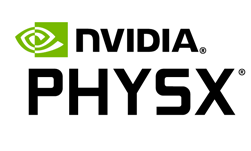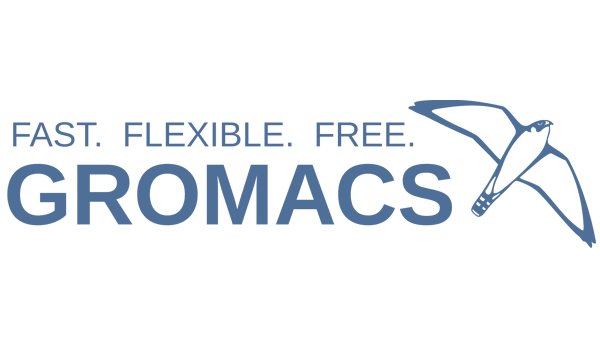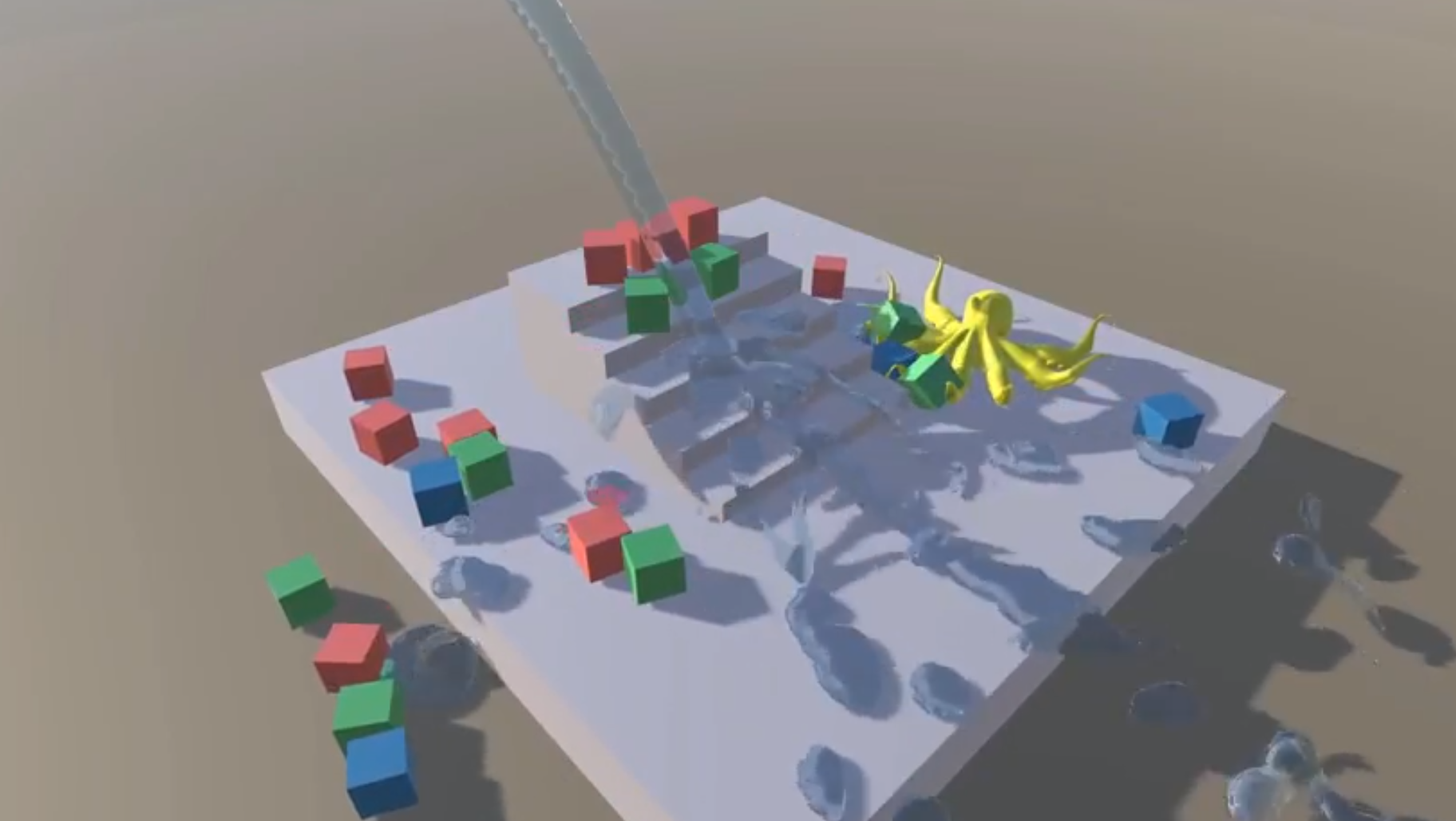Here’s a look at all the new features of PhysX 5.0! In this version, available with NVIDIA Omniverse, there is now support for a unified constrained particle simulation framework.
The Finite Element Model (FEM) is an industry-standard simulation technique for deformable bodies. It is used extensively in the automotive and manufacturing industries to accurately simulate the structural strength of both rigid and soft assemblies. It will be built into PhysX 5.0.
For liquid simulations, developers will be able to use discrete particle simulations to model fluids and granular flow. The implementation is scalable; large time steps can be used to stably simulate a wide range of liquids. The Discrete Element Model (DEM) provides support for friction and adhesion. PhysX 5.0 also uses an implementation of Smoothed Particle Hydrodynamics (SPH) to simulate liquids with discrete particles, a technique used in oceanography and volcanography.
Arbitrary meshes can be simulated as cloth or rope using PhysX 5.0’s constrained particle model. These meshes can be coupled with volume preservation constraints with application-defined pressures to simulate inflatable shapes. The mesh-based simulations also provide a model to simulate aerodynamic lift and drag. The constraint model supports springs so it can be used to create mass-spring systems. Shape matching provides a mechanism for groups of particles to maintain a rigid structure. This can be used to simulate approximate rigid body dynamics. Furthermore, the rigid structure can be deformed at run-time to implement plastic deformation-like effects.
PhysX 5.0 is now available exclusively with NVIDIA Omniverse. For more resources or support on PhysX 5, check out the tutorials, visit the Omniverse Forums, or connect with the community on the Discord Server.








